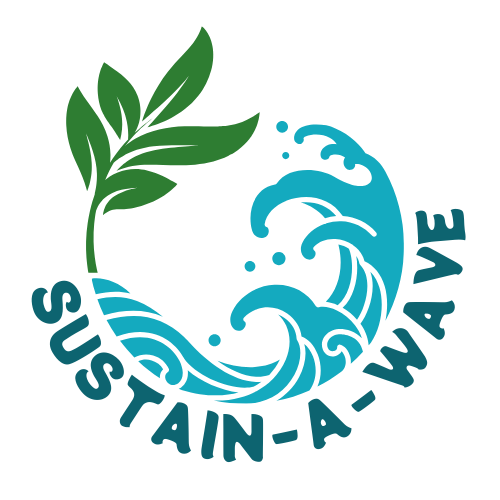- Summary
- Fact Sheet
- More Information
The SEE Project (Sustainability and Outdoor Education) is an Erasmus+ funded project aimed at enhancing the protection of natural landscapes by promoting responsible outdoor behavior across Europe. The project involves collaboration between outdoor sports professionals and conservation organizations to create educational resources and tools that integrate sustainability and environmental awareness into outdoor sports activities.
By combining outdoor sports education with conservation practices, the SEE Project empowers both individuals and organizations to act as stewards of natural environments. The project involves developing educational toolkits, conducting training programs, and engaging a wide range of stakeholders through events such as symposiums and workshops. Through these initiatives, the project seeks to inspire a new generation of outdoor enthusiasts who are informed about environmental issues and committed to sustainability.
Learning objectives:
- To promote environmental stewardship among outdoor sports participants and organizations.
- To educate about sustainable outdoor behavior and the protection of natural landscapes.
- To foster collaboration between outdoor sports professionals, conservationists, and local communities for sustainable practices.
The project is aligned with SDG 13 (Climate Action) by raising awareness about the environmental impact of outdoor sports and advocating for sustainable practices. It also supports SDG 15 (Life on Land), focusing on protecting natural landscapes and biodiversity, especially through responsible outdoor behavior and conservation efforts.
Importance of water sport:
Water sports play a crucial role in the SEE Project by directly engaging participants with aquatic ecosystems, fostering a deep understanding of water-based environmental issues. By promoting sustainable practices within water sports, participants learn about water conservation, pollution reduction, and protecting aquatic habitats.
Added values:
- Direct interaction with water ecosystems: Water sports like kayaking, surfing, and sailing allow participants to witness firsthand the impacts of pollution and climate change on water bodies.
- Promoting sustainable practices: Linking water sports with environmental education helps instill sustainable habits such as reducing plastic use and conserving water.
- Physical engagement with nature: Water sports promote environmental connection through physical engagement, encouraging participants to take action in protecting aquatic environments.
Target Groups/Clients:
- Outdoor sports professionals: Trainers, facilitators, and outdoor activity providers who engage with the public in outdoor sports.
- Conservation organizations: Environmental NGOs and conservationists working on protecting natural landscapes.
- Outdoor sports enthusiasts: Individuals participating in sports like hiking, cycling, kayaking, and surfing.
- Educational institutions: Schools and universities integrating sustainability and outdoor education into their curriculum.
Good Practices:
- Outdoor Sports & Conservation Integration: The project successfully integrates outdoor sports with environmental conservation, showing how these activities can be used as platforms for sustainability education.
- Toolkit Development: Developing educational toolkits that can be used by outdoor sports professionals to teach about sustainability.
- Collaboration with Diverse Stakeholders: Engaging both conservation organizations and outdoor sports professionals ensures the project reaches a broad audience and has a comprehensive impact.
Synergies:
- Engagement with local sports communities: Collaborating with local water sports clubs and outdoor activity providers to integrate sustainability education into their programs.
- Resource Sharing: Creating common resources, like the educational toolkit, that can be shared across different outdoor sports activities.
Website: SEE-Project

